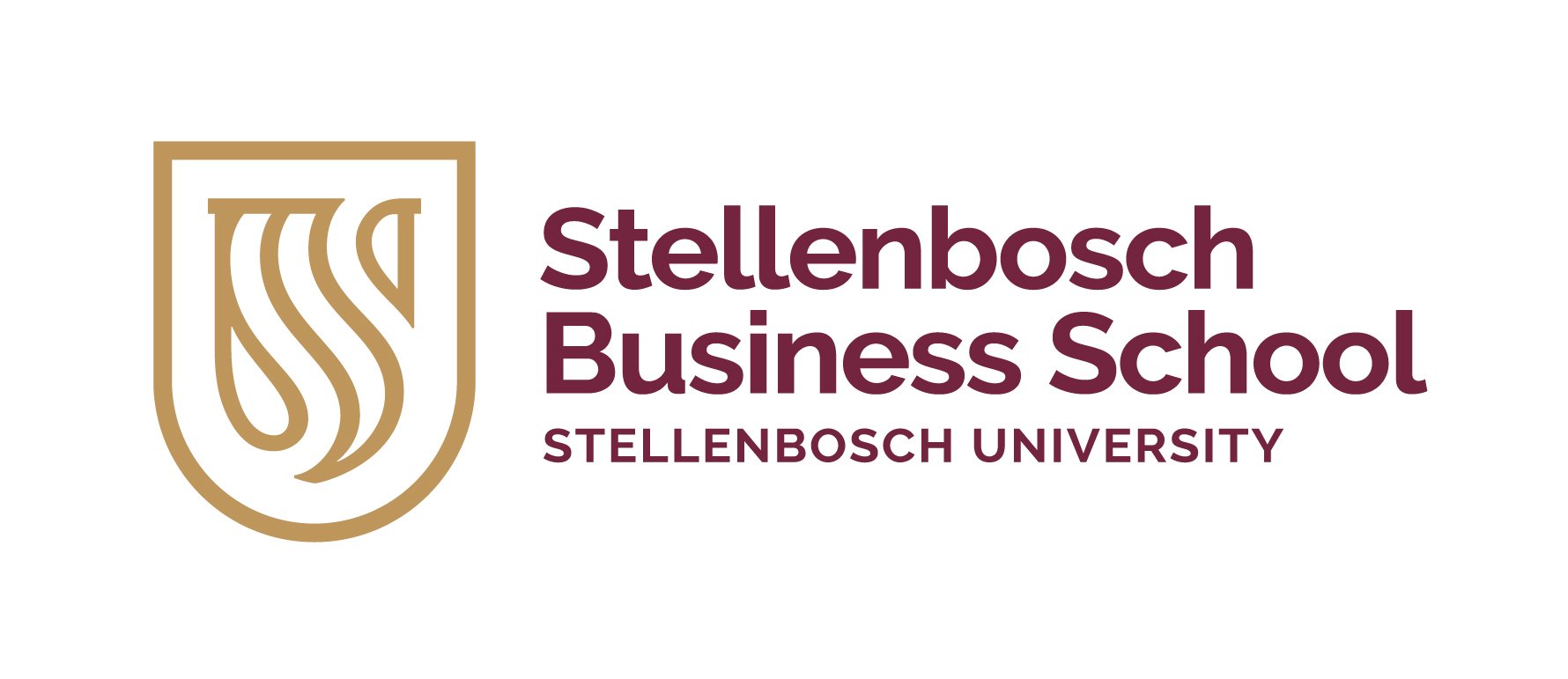Why Blended Learning is the way forward
Prof Martin Butler, Head of Teaching and Learning at USB, writes about the changing education landscape and the benefits of Blended Learning.
Two decades ago, the firearms legislation in South Africa underwent a significant change. Strict new regulations were introduced and buying, owning, and selling a firearm was never the same again. The new legislation required the training of current and new firearm owners. I recall visiting three different arms dealers at the period. The difference was striking. Visiting two of the dealers was a sombre affair, interacting with unmotivated sales representatives and having to hear about the significant impact on their business.
The third was completely the opposite; the management sprang into action. They created a training academy, built a relationship with a shooting range, and started to train thousands of owners of new firearms. Business boomed.
Two of the dealers failed to see the opportunity in the changing transactional environment. One closed down shortly after my visit and the second shrunk and has not recovered in 20 years. The third dealer questioned the existing business model, recognised the required shift in customer requirements, and changed their operating model accordingly.
What does this have to do with blended learning? Everything.
In many academic forums and global business school conferences, I am confronted with colleagues, be it academics or managers of institutions, either bemoaning the loss of the classroom or the challenges of blended learning and her cousin: online learning. I hear phrases like “emergency online teaching” and “forced into blended or online teaching”. They remind me of the first two arms dealers that are not able to see opportunity in the shifting markets.
This time, the opportunity is not regulatory-enforced, but instead stimulated by the technological changes in the transactional environment. We are conducting business in the omnipresence of technology and remain connected to our work, networks, social environment and family. The connections are not a telegraph or snail mail that arrive days later. It is rich in content, instantaneous, and it reaches the corners of the world.
Our students are setting examples of breaking downtime and distance barriers through the use of technology.
Business schools, in particular, are serving clients who are comfortable with using technology in their daily operations. Our students are setting examples of breaking downtime and distance barriers through the use of technology. Like they have always done, they bring valuable experience and highly relevant knowledge into our classrooms.
The manager of a coal mine in Mpumalanga can share the three-dimensional digital twin of the mine and all the assets in real-time, with the rest of the class. The information and experience are the same as sitting in his office on the mine, yet it is more than 1400 km from the physical activities. In a blended classroom, you can be 1400 km away in Cape Town, 100 km away in Witbank, or 5000 km away in Nairobi. It does not matter. The experience is the same.
In a blended classroom, you can be 1400 km away in Cape Town, 100 km away in Witbank, or 5000 km away in Nairobi. It does not matter. The experience is the same.
The business analysts from a financial services company share intriguing customer insights, properly anonymised, with fellow students to show both the power of analytics and how decisions are made. She has been working remotely for six months, and nothing changed, apart from her circumstances. As a single mother, she has more time for her family due to the flexibility offered by blended learning.
Blended learning is not a compromise! Blended learning is an improvement on what we have done in the past. By lowering the opportunity cost for students to study and collaborate with peers, we are attracting even stronger students and creating a more valuable learning eco-system.
The list of benefits of blended learning is truly endless, and include:
- Being able to study without disrupting your life through travel and the associated costs of travelling.
- Performing virtual company visits and ‘seeing’ production facilities and speaking to managers that is not ordinarily possible.
- Forming part of geographically more diverse student bodies.
- Access to faculty and guest speakers with high opportunity costs that do not need to travel to the business school to share their insights and collaborate with students.
One of the most significant benefits that we are observing in our blended classes is gender balance. Despite the hard work and excellent progress in shattering glass ceilings by women, societal norms often place different expectations on mothers in particular. This makes being away from home more complex, the sticky floor. With the flexibility offered through blended learning, we see increases in female students that improves the collect tacit knowledge.
It is challenging to teach agile leadership. It is best taught through examples.
Which brings me to the final value contribution. No matter what we teach our current students, we know the half-life of information continues to decrease. We may test specific capabilities; we do not know if they are useful or for how long it will be useful. Business schools need to set an example for agile leadership that embraces changes in our transactional environment to deliver the value that customers need. It is challenging to teach agile leadership. It is best taught through examples.
I can think of no better example for our students that work in volatile and changing environments, than setting an example ourselves by embracing the principles of what they are facing their environments. Blended learning is an excellent preparation for working in virtual organisations.
USB has been investing in the future with blended learning programmes since 2015 and all our programmes will be offered via Blended Learning from 2021. Get more information about our development finance courses, business management studies or financial planning courses – all available in our blended learning format.
Prof Martin Butler
Martin Butler is an Associate Professor at the Stellenbosch University Business School (USB) and a Research Associate at the Institute for Future Studies (IFR). He holds an Electronic Engineering degree from the University of Pretoria, an MBA (Cum Laude) and a PhD from USB. Martin heads up USB’s Teaching and Learning that oversees the delivery of the USB full academic portfolio of 13 graduate programmes.
Subscribe
Want to stay in touch with the Stellenbosch Business School community? Sign up and receive newsletters from our desk to your inbox.
SIGN UP


Leave Your Comment